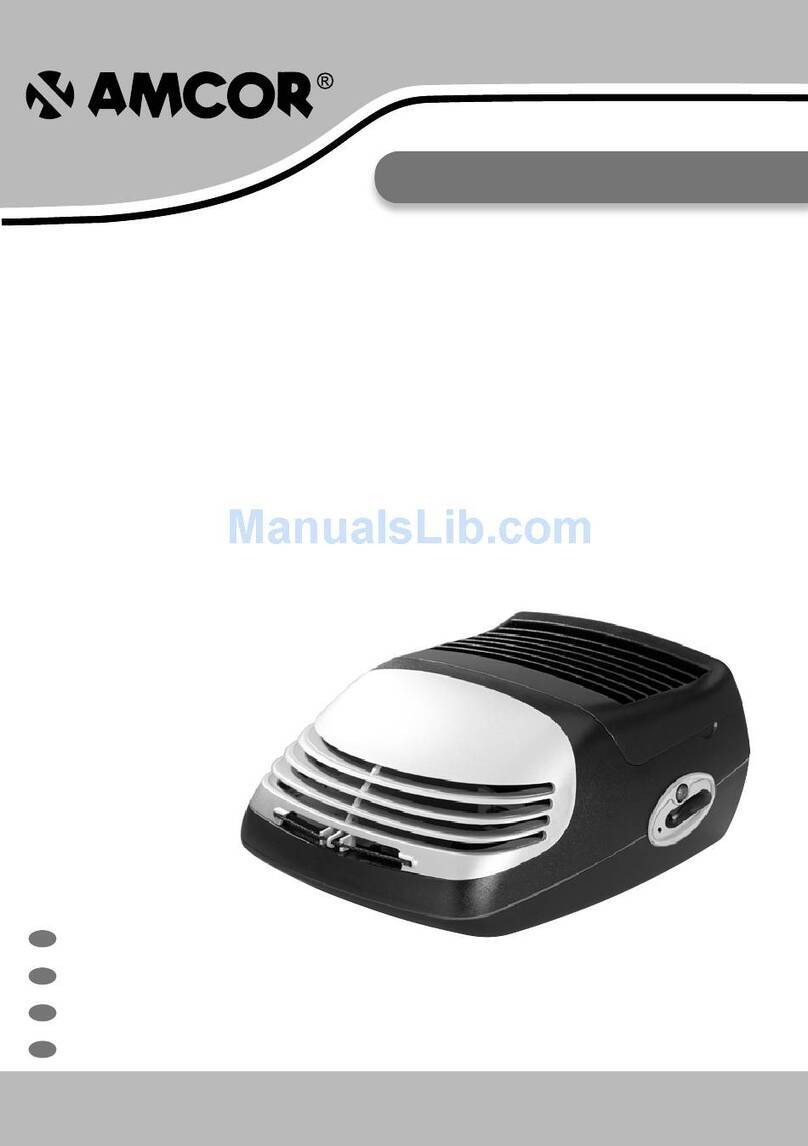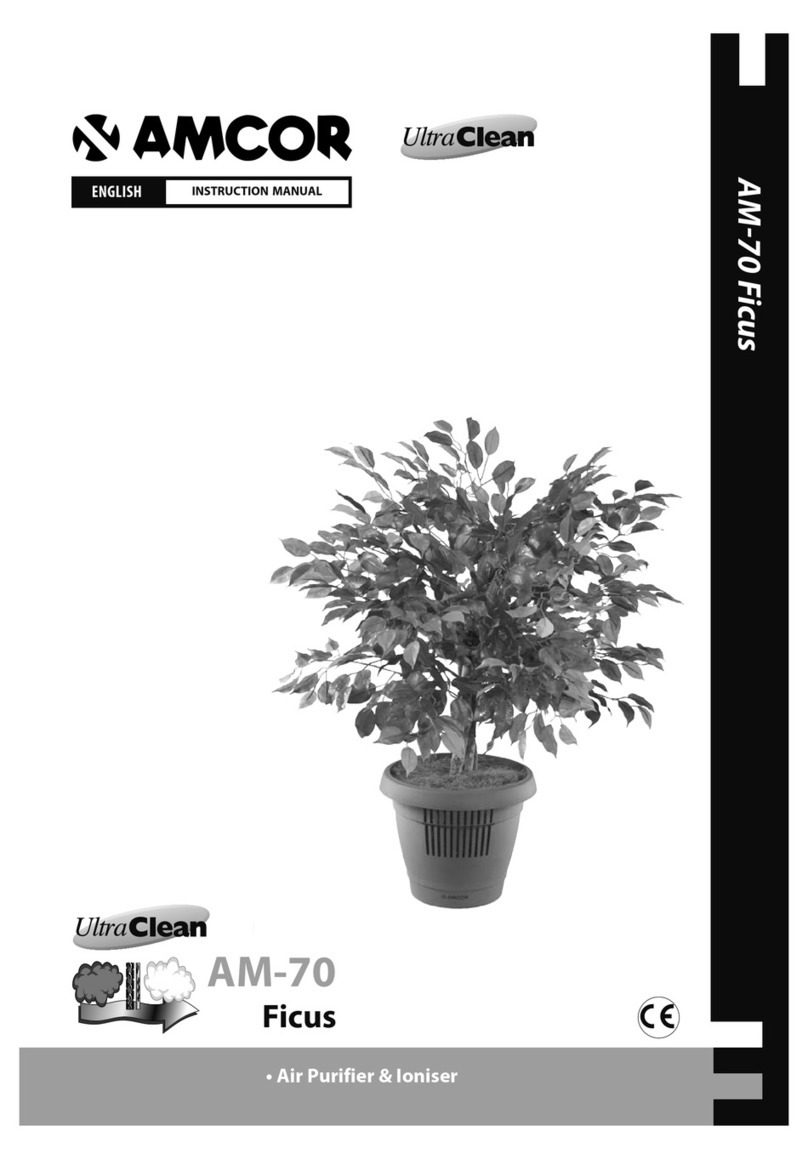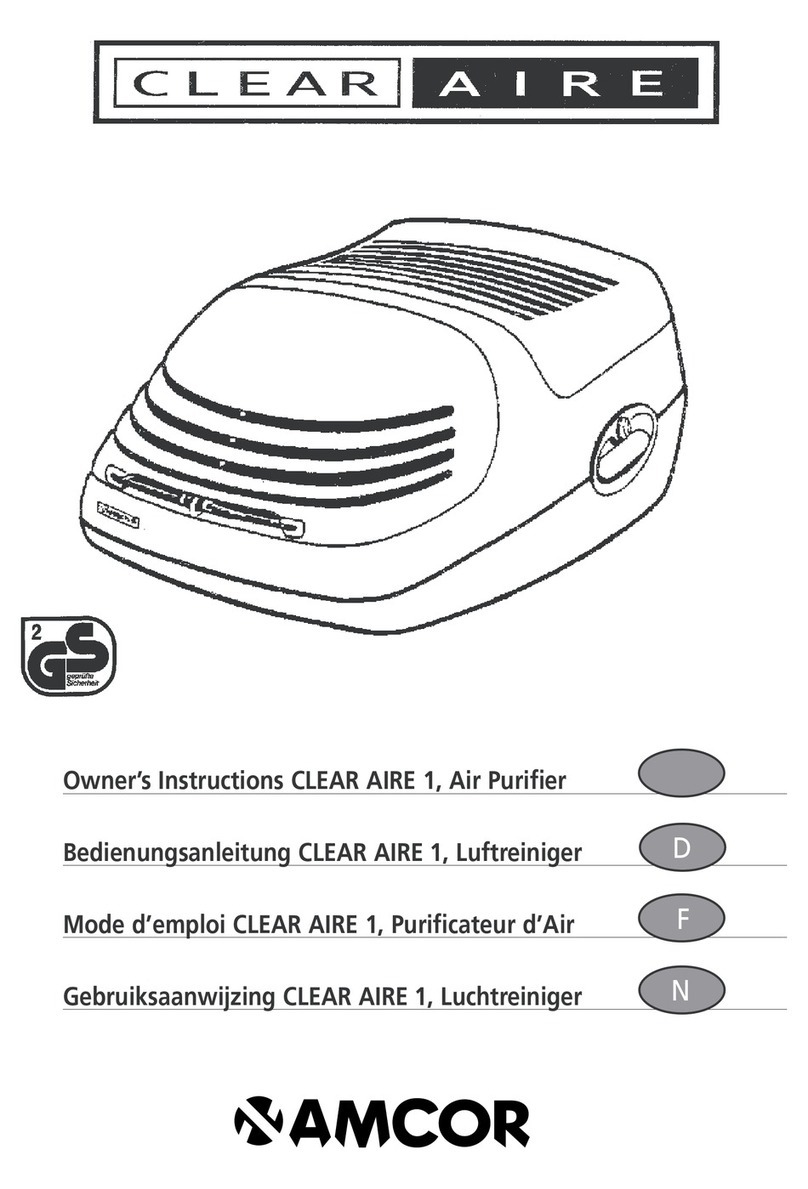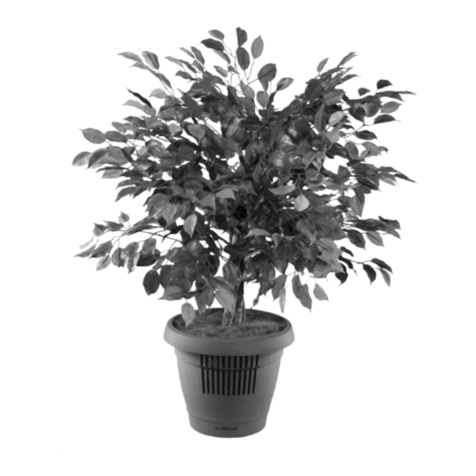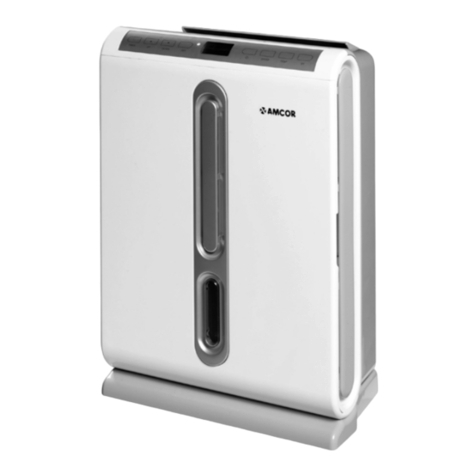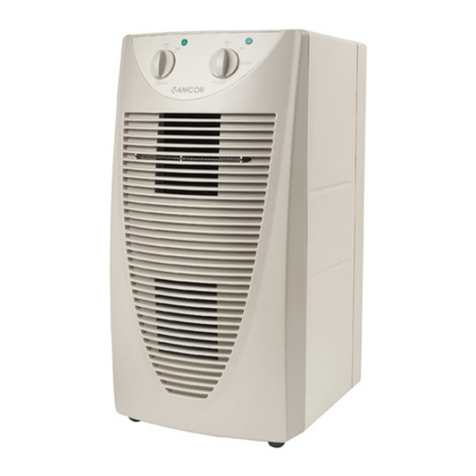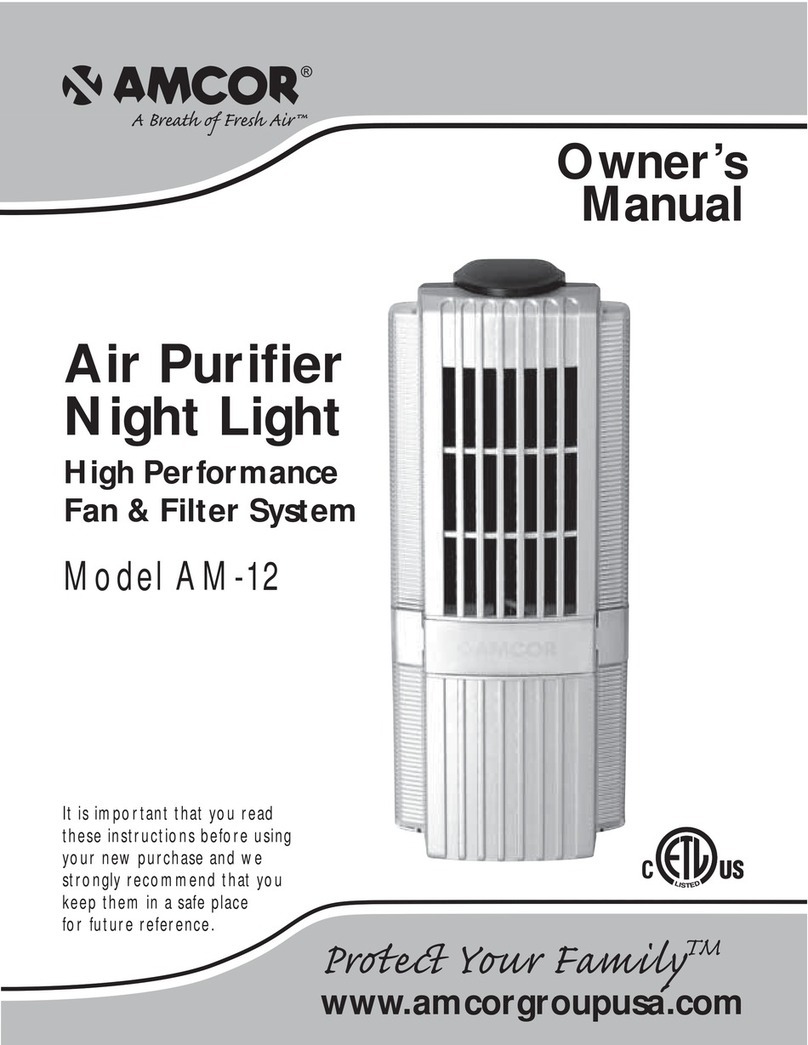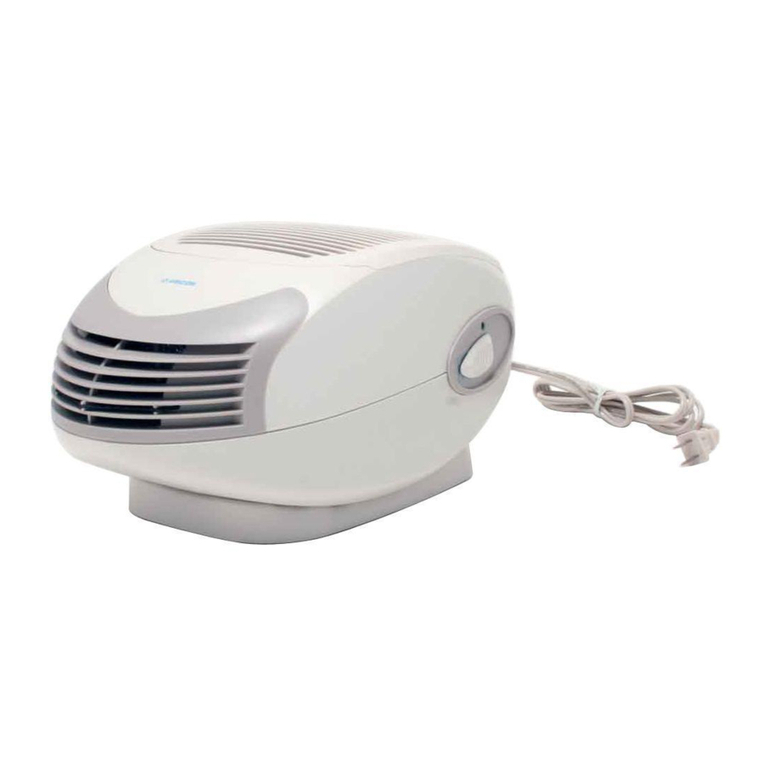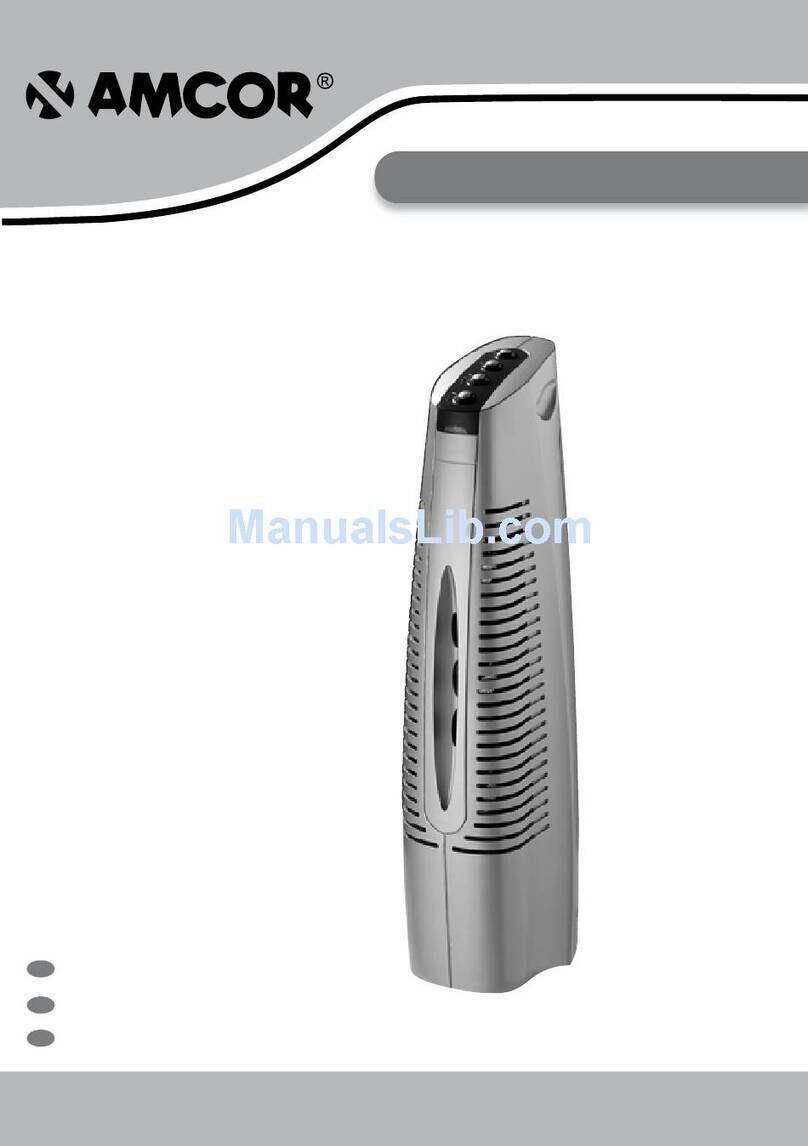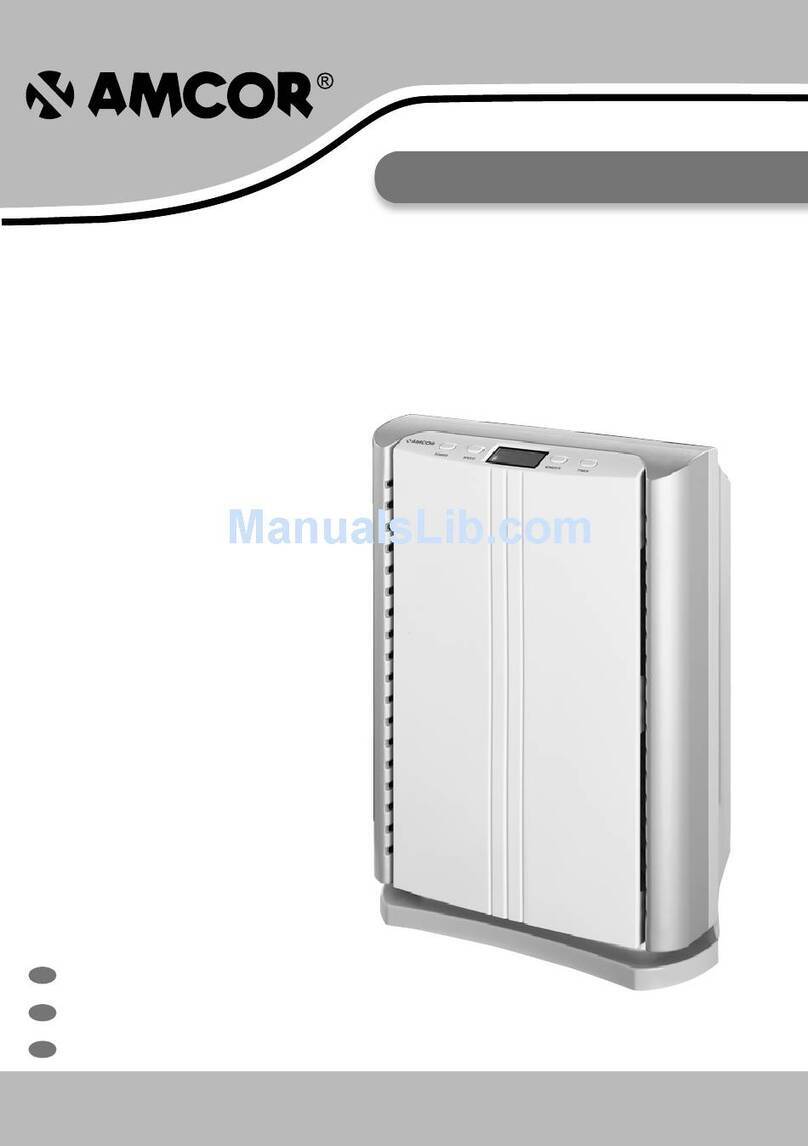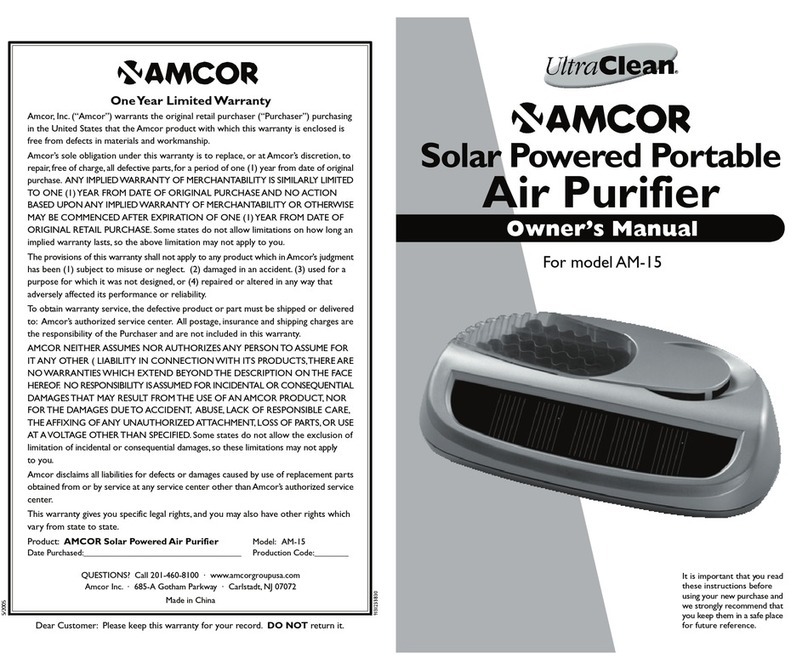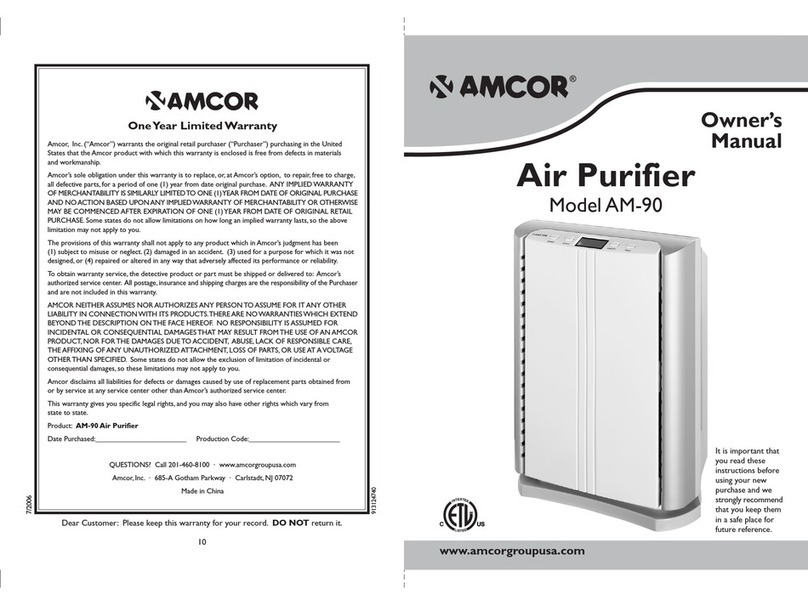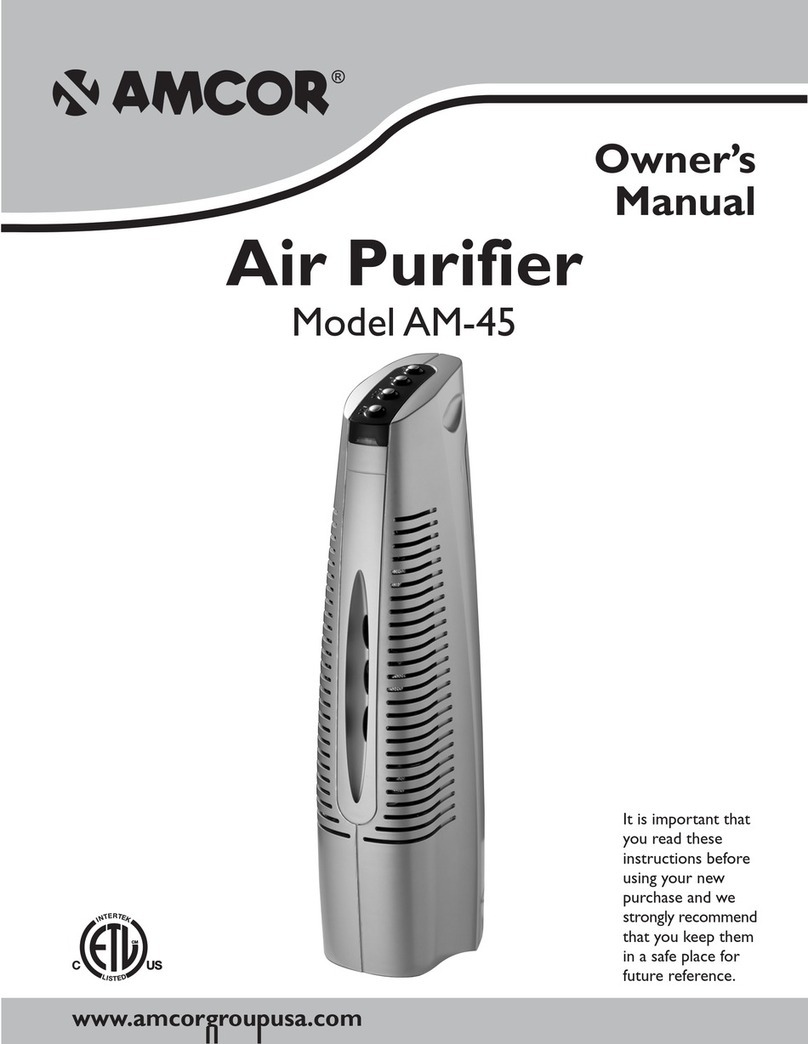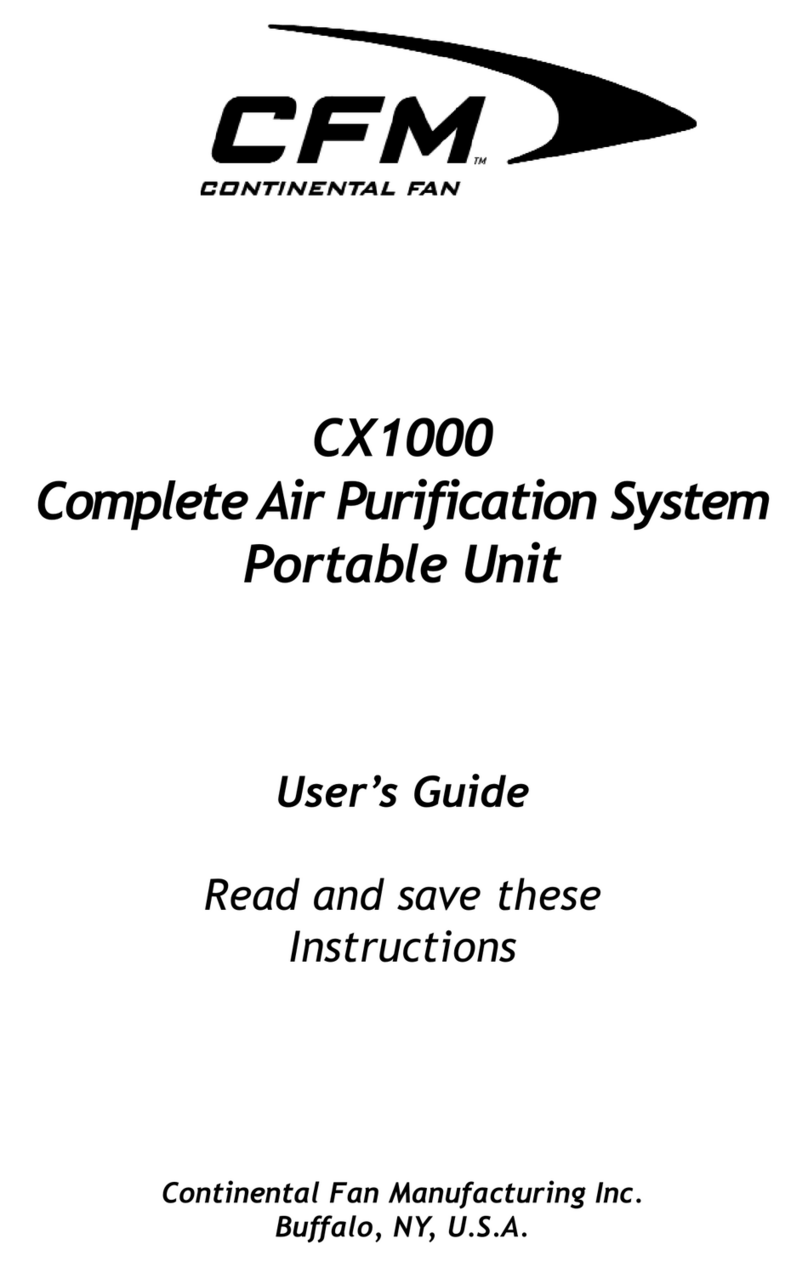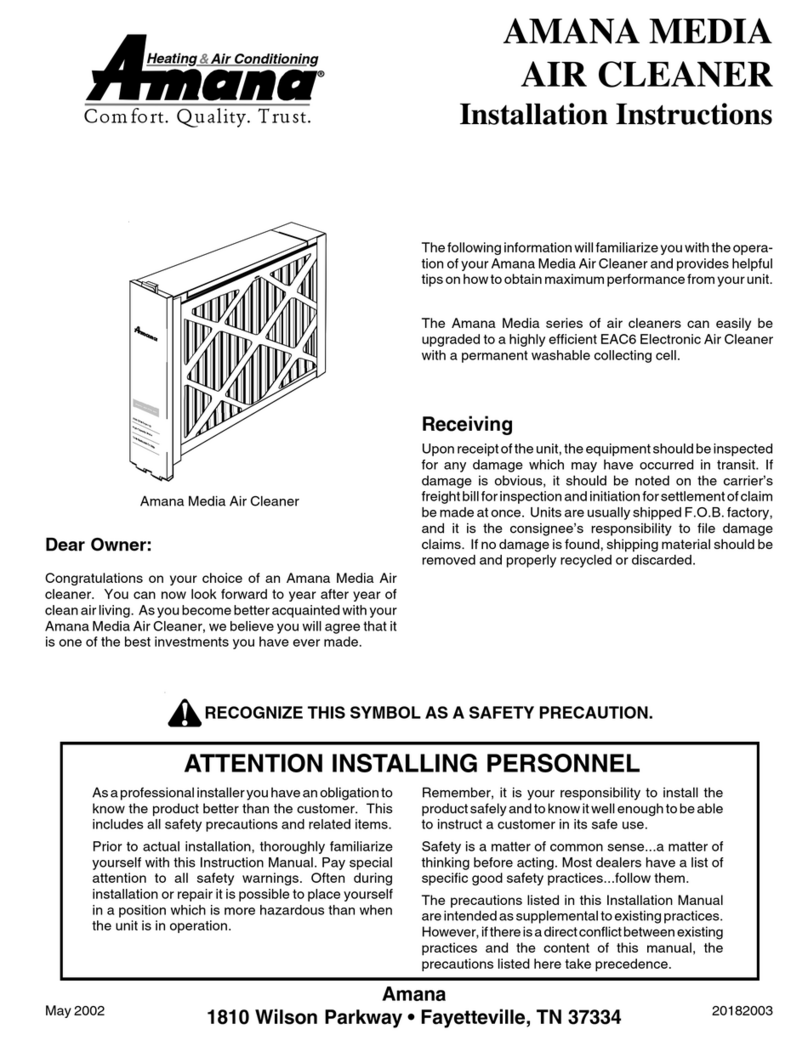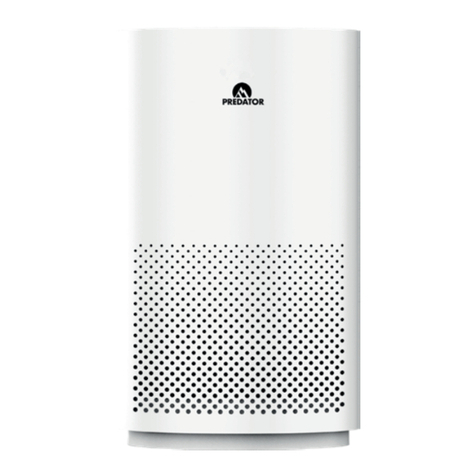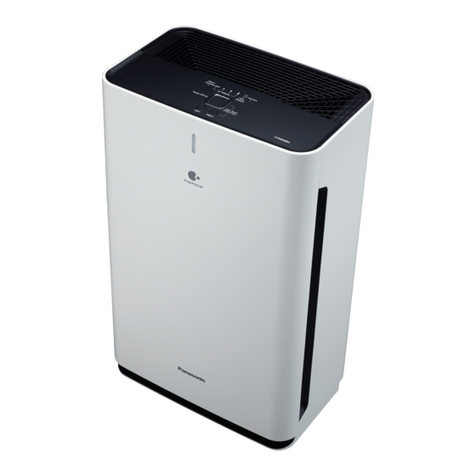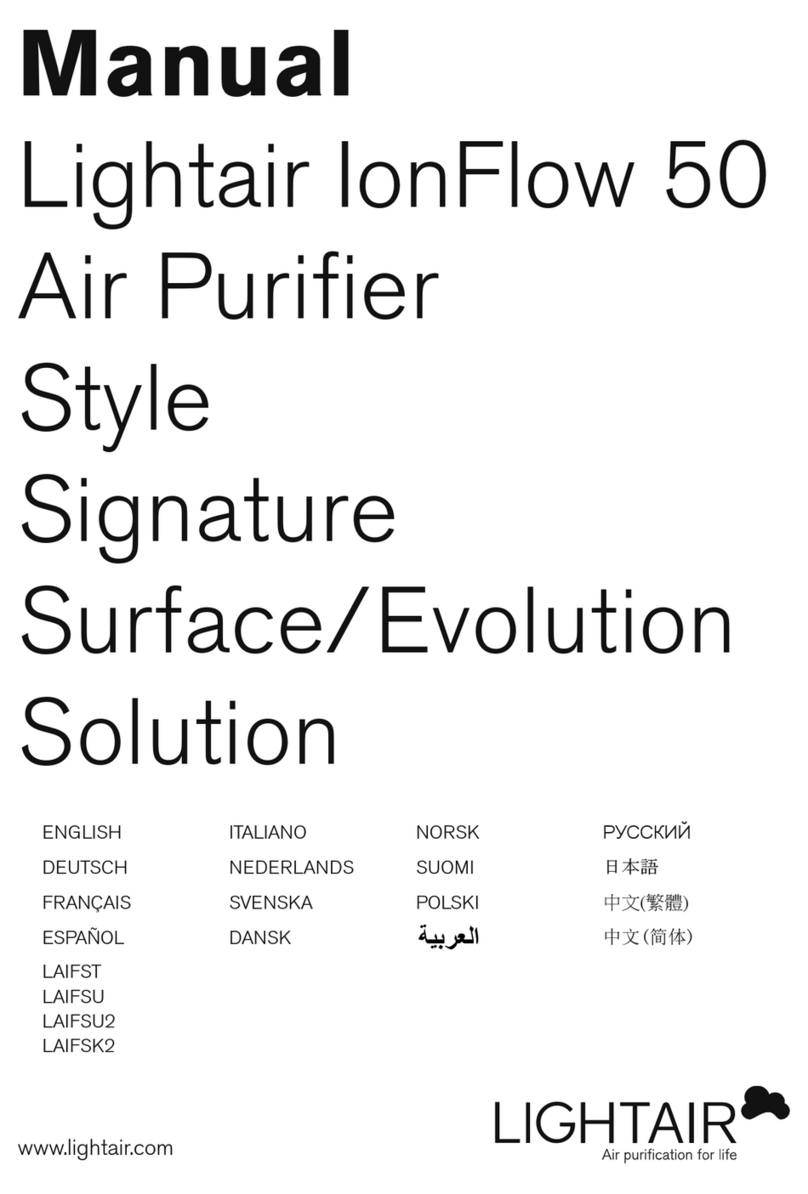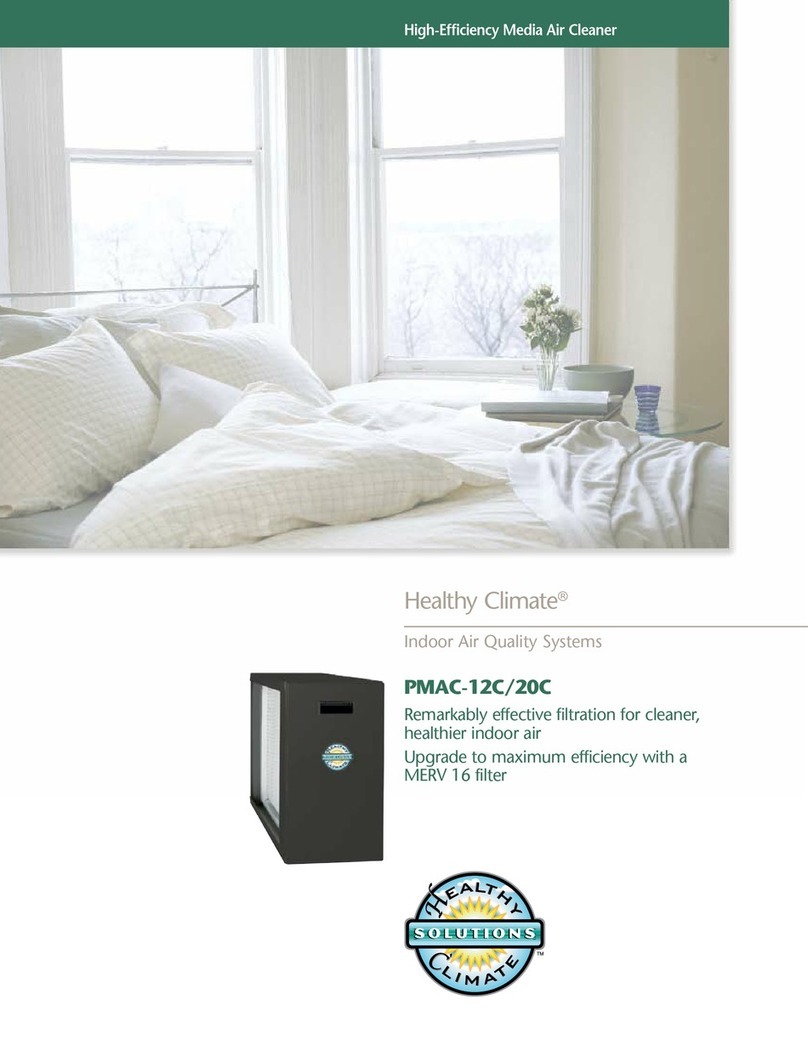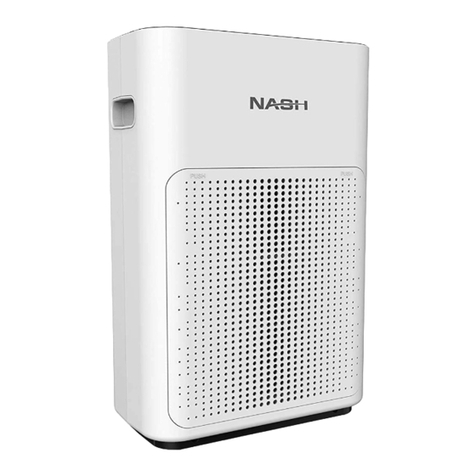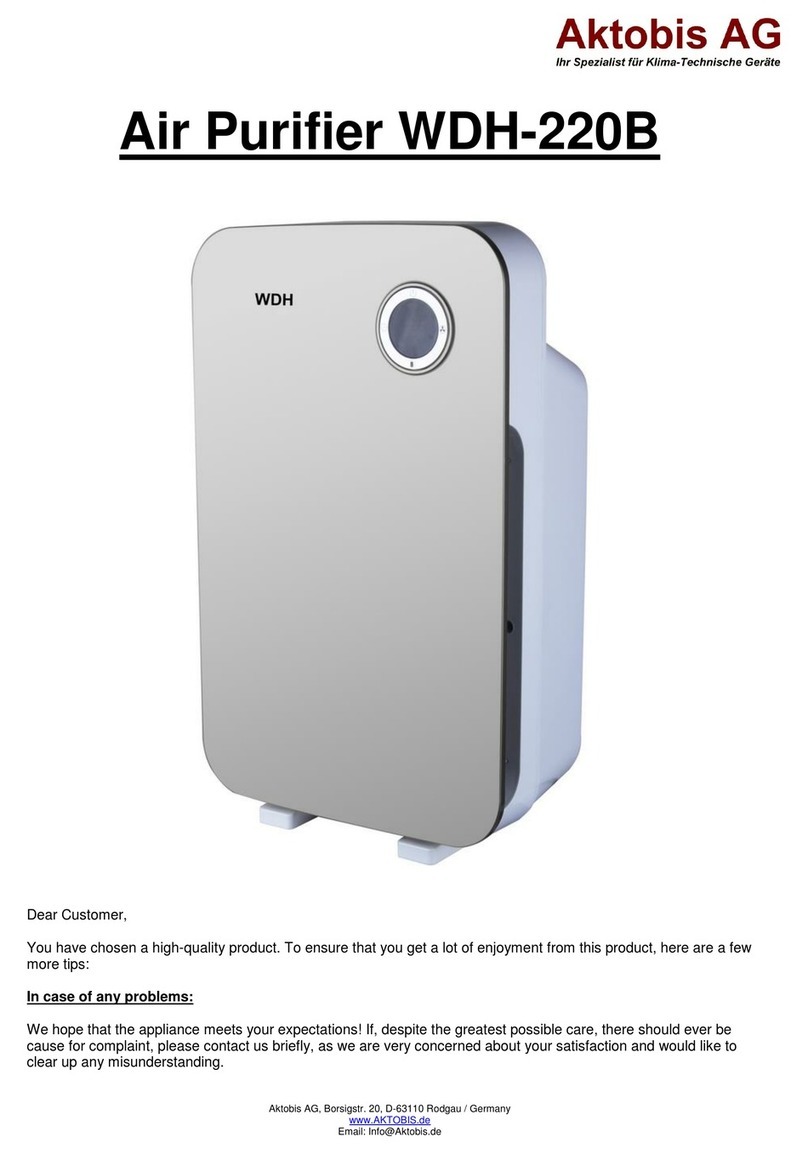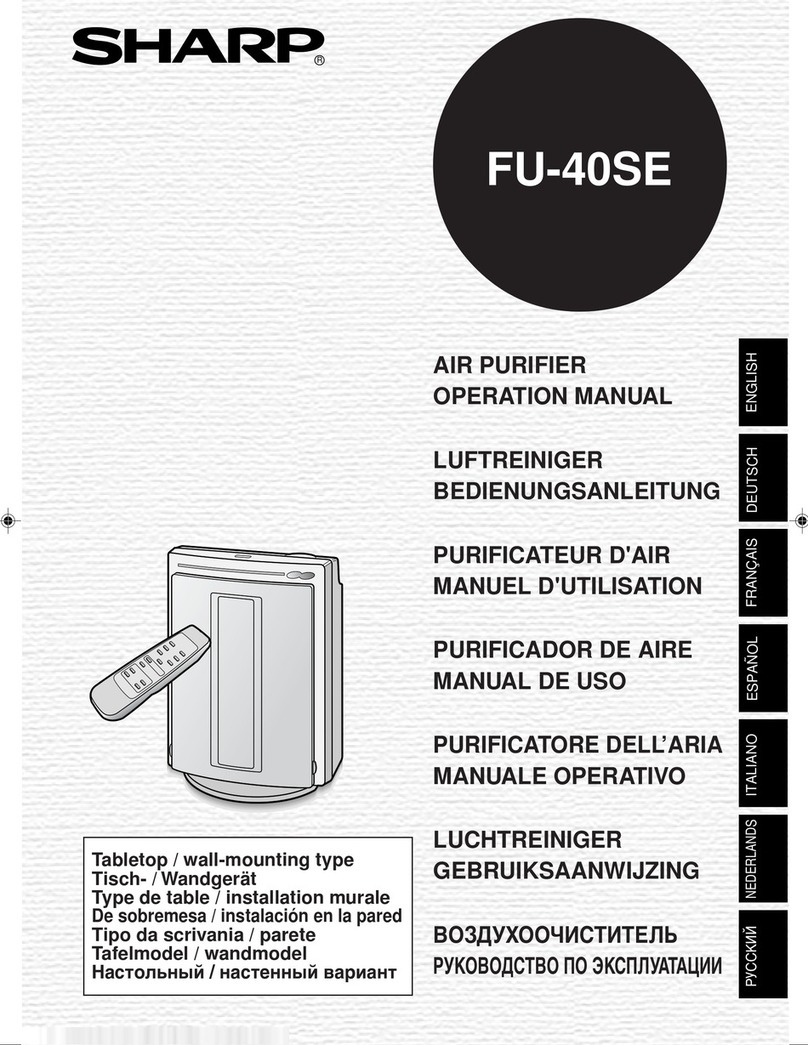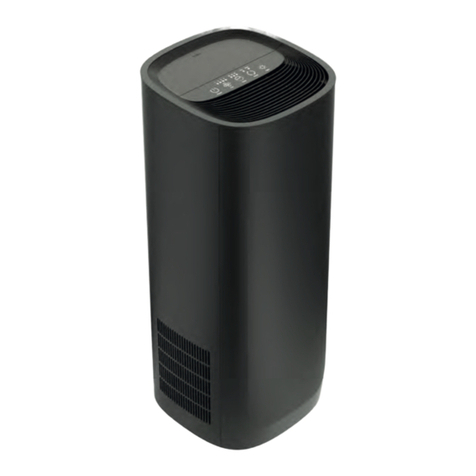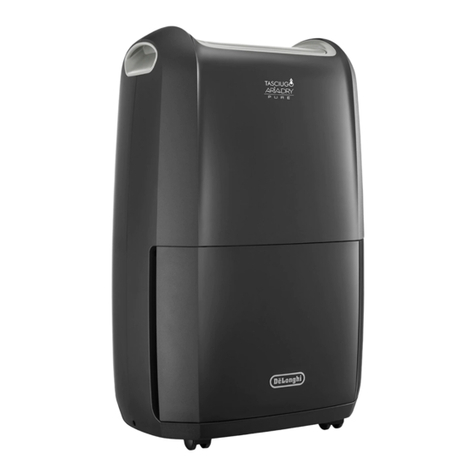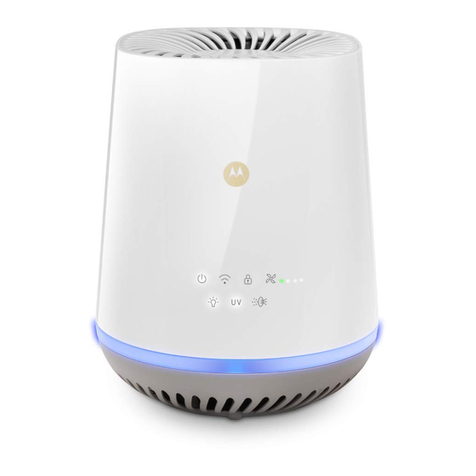An die Käufer und Benutzer des Air Processors:
Wir freuen uns, daß Sie sich für unser AMCOR-Produkt
entschieden haben. Wir haben den Apparat so
konstruiert, daß er Ihnen jahrelang Freude bereiten
wird. Diese Gebrauchsanweisung soll Sie über die
richtige Benutzung, die Wirkung und Wartung Ihres
Air Processors informieren. Lesen Sie bitte die
Gebrauchsanweisung sorgfältig und handeln Sie
nach unseren Vorschlägen, nur so ist ein optimaler
und störungsfreier Betrieb Ihres AMCOR Apparates
gewährleistet. Sollte doch einmal ein Schaden auftreten,
dann sollten Sie bedenken, daß AMCOR ihre Apparate am
besten kennt.Versuchen Sie darum nicht, selbst den Apparat zu öffnen und zu reparieren, oder
irgendein Ersatzteil auszuwechseln oder zu reparieren. Das kann zu Fehlern führen und zum
Erlöschen Ihrer Garantieansprüche.
AIR PROCESSOR 2000
Luftreiniger mit außerordentlicher Wirkung dank des
exklusiven, von AMCOR patentierten Ionen-Generators
aus Kohlenstoffaser.
Allgemeine Sicherheit
Einige wichtige Punkte:
* Air Processor 2000 ist ein sicheres Gerät. Es wurde von vielen internationalen
Sicherheitsinstituten geprüft. Wie alle anderen elektrischen Geräte, muß auch dieses
sorgfältig behandelt werden.
* Bei der Reinigung niemals das Gerät mit Wasser bespritzen oder in Wasser eintauchen.
* Stecken Sie keine Gegenstände durch die Gitter des Air Processors.
* Ziehen Sie immer den Stecker aus der Steckdose, bevor Sie das Gerät oder einen Teil
des Gerätes reinigen.
* Die Benutzung einer Verlängerungsschnur ist nicht empfehlenswert.
* Es kann passieren, daß Sie einen leichten Schlag fühlen, wenn Sie den Ionen-Generator
(das Karbon-Faser-Element am vorderen Luftgitter) berühren. Dieser Schlag wird durch
statische Elektrizität verursacht und ist vollkommen ungefährlich. Sie können diesen kleinen
Schlag auch dann fühlen, wenn Sie eine Person oder einen Metallgegenstand in der Nähe
des Luftreinigers anfassen.
* STELLEN SIE DAS GERÄT AUS SICHERHEITSGRÜNDEN IMMER AUSSER REICHWEITE
VON KINDERN AUF!
* WARNUNG: Lassen Sie eventuelle Reparaturen – abgesehen von der regelmäßigen
Reinigung oder dem Auswechseln des Filters – immer von einem anerkannten Servicemonteur
oder von Ihrem AMCOR-Händler ausführen, sonst könnten Ihre Garantieansprüche verfallen.
* Beschädigte Netzkabel, oder ein Auswechseln der Anschlußleitung, dieses Gerätes darf nur
durch einen erfahrenen Servicemonteur erfolgen, um jedes nur mögliche Risiko zu vermeiden.
* Benutzen Sie den Luftreiniger NIE in Räumen mit überhöhter Sauerstoffkonzentration
(z.B. Laborräume), in Räumen mit sauerstoffproduzierenden Geräten oder in Räumen mit
entflammbaren Gasen in der Luft.
